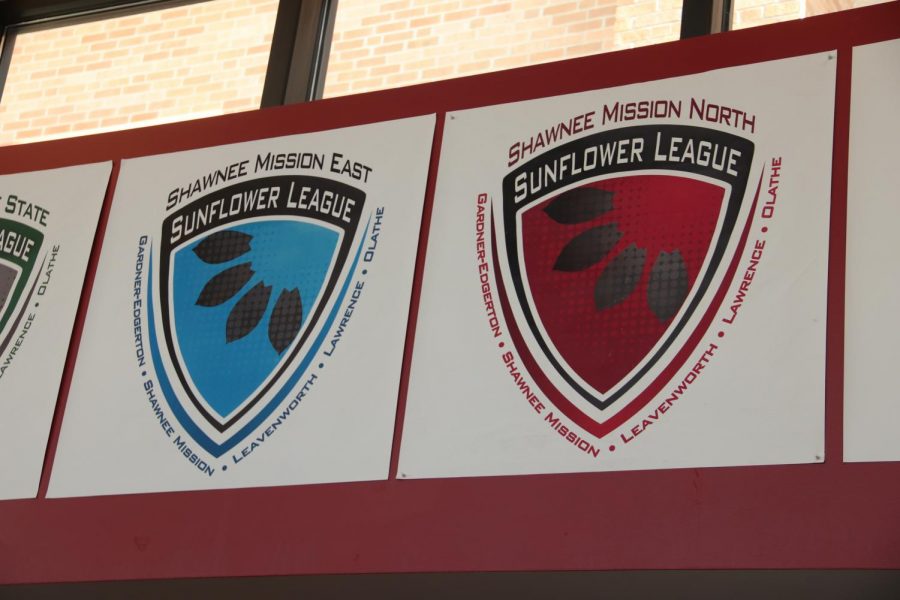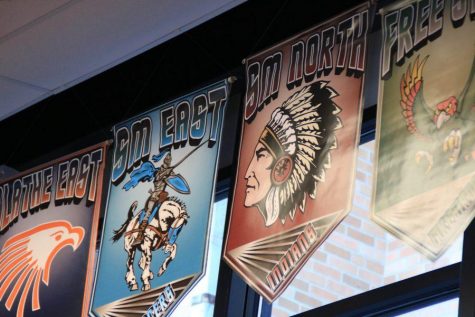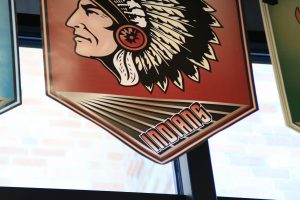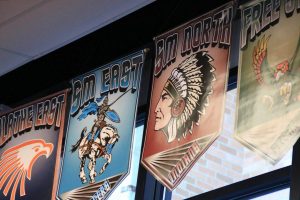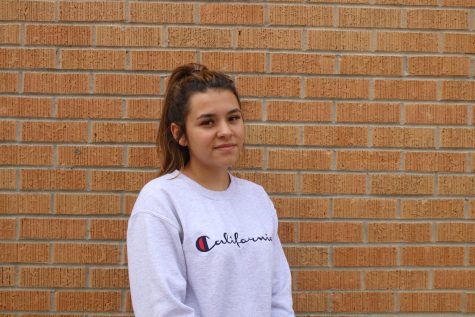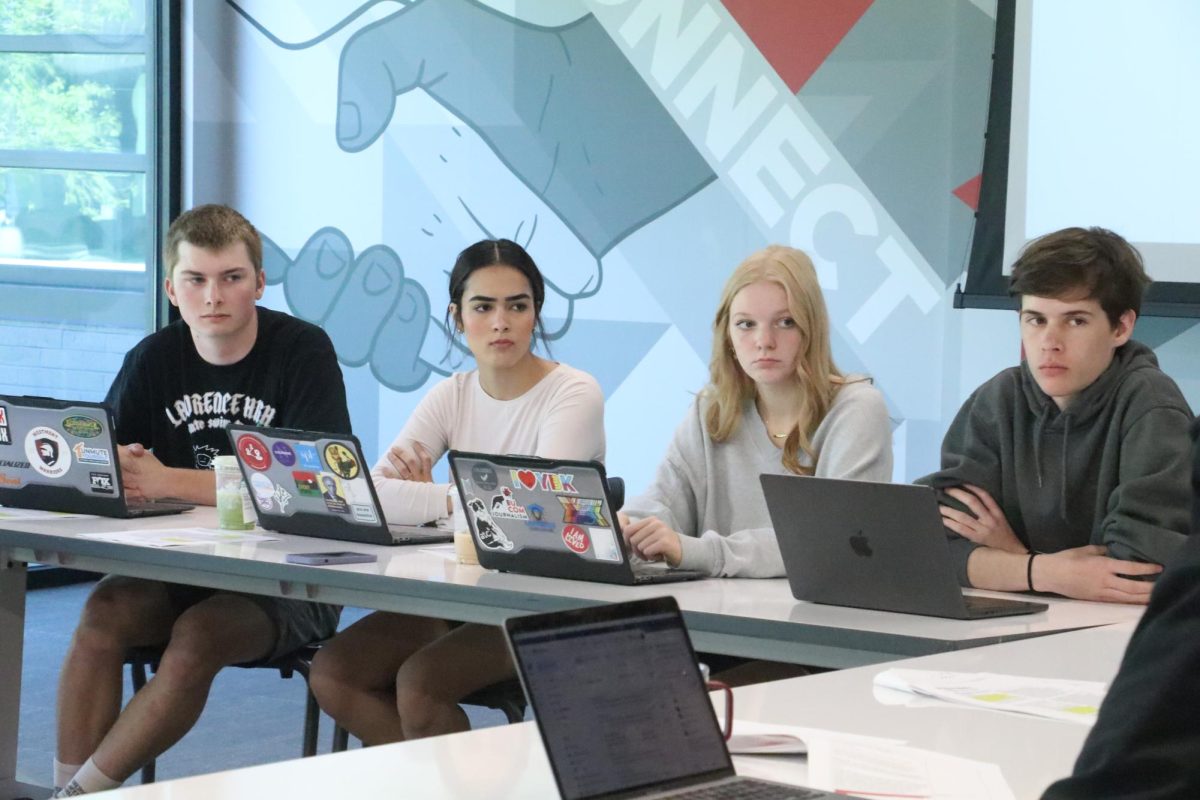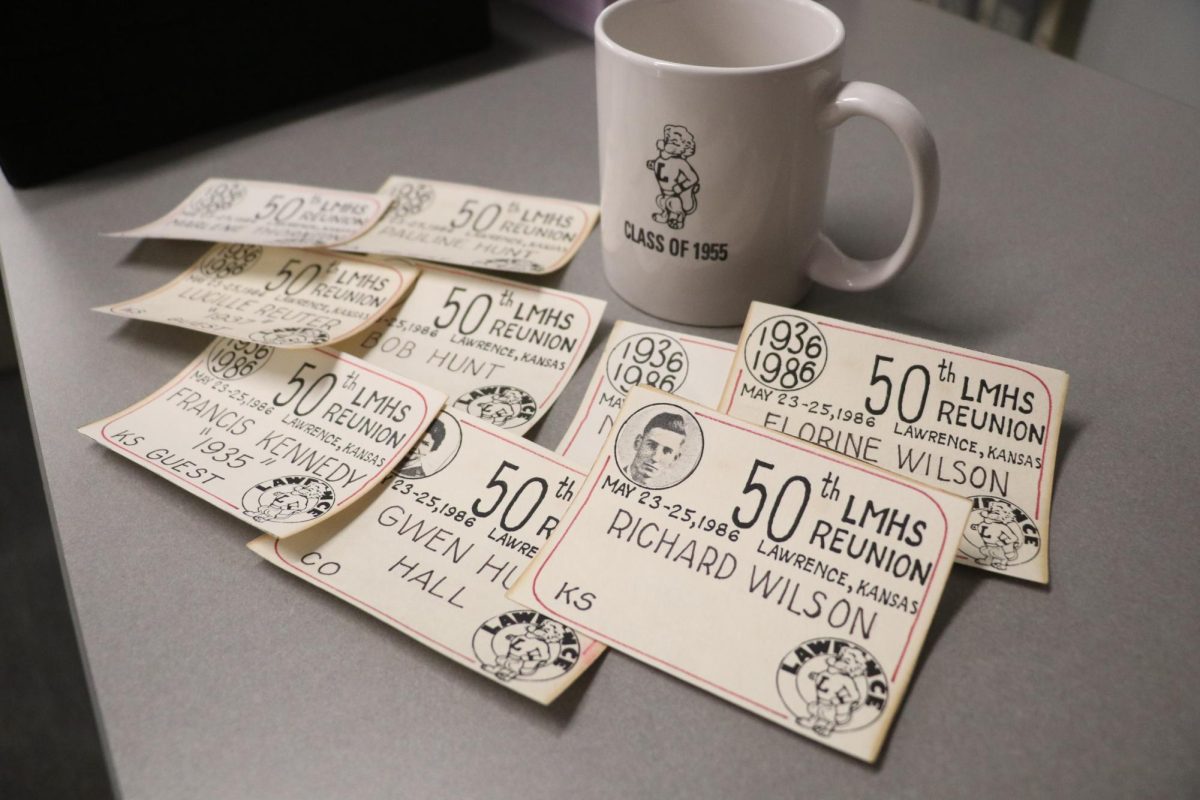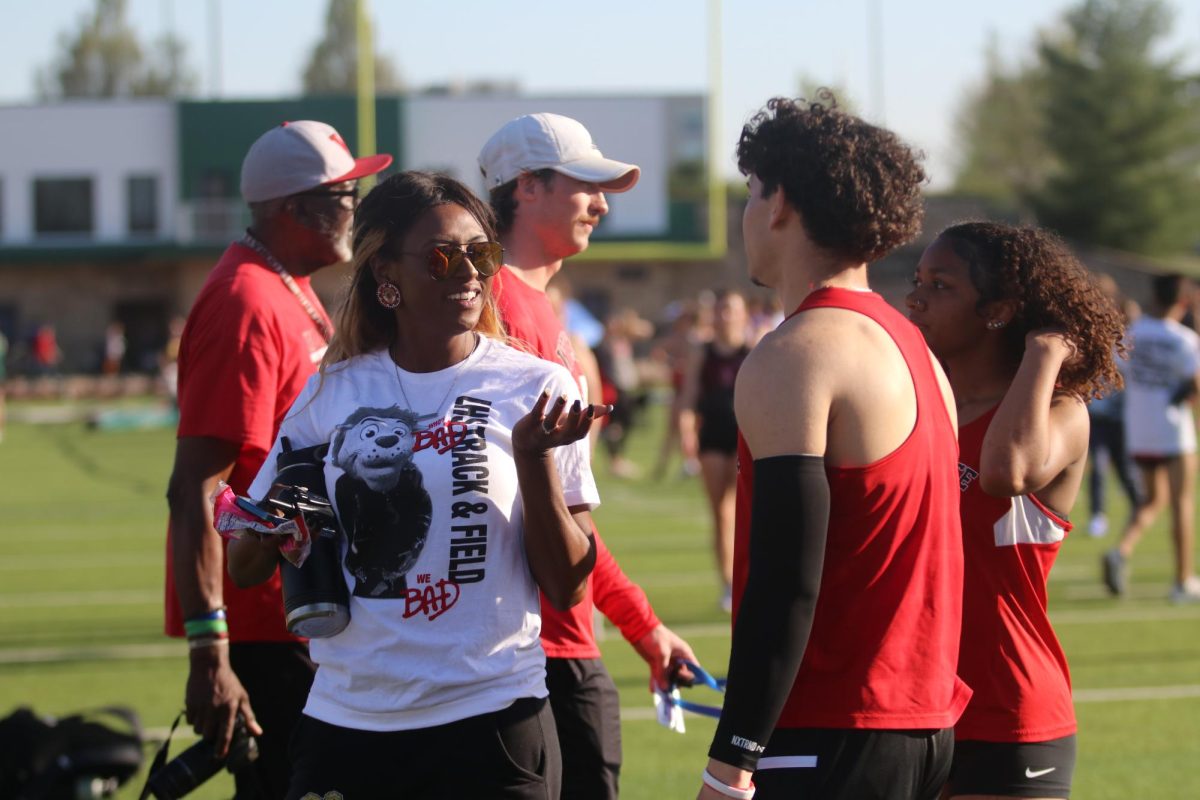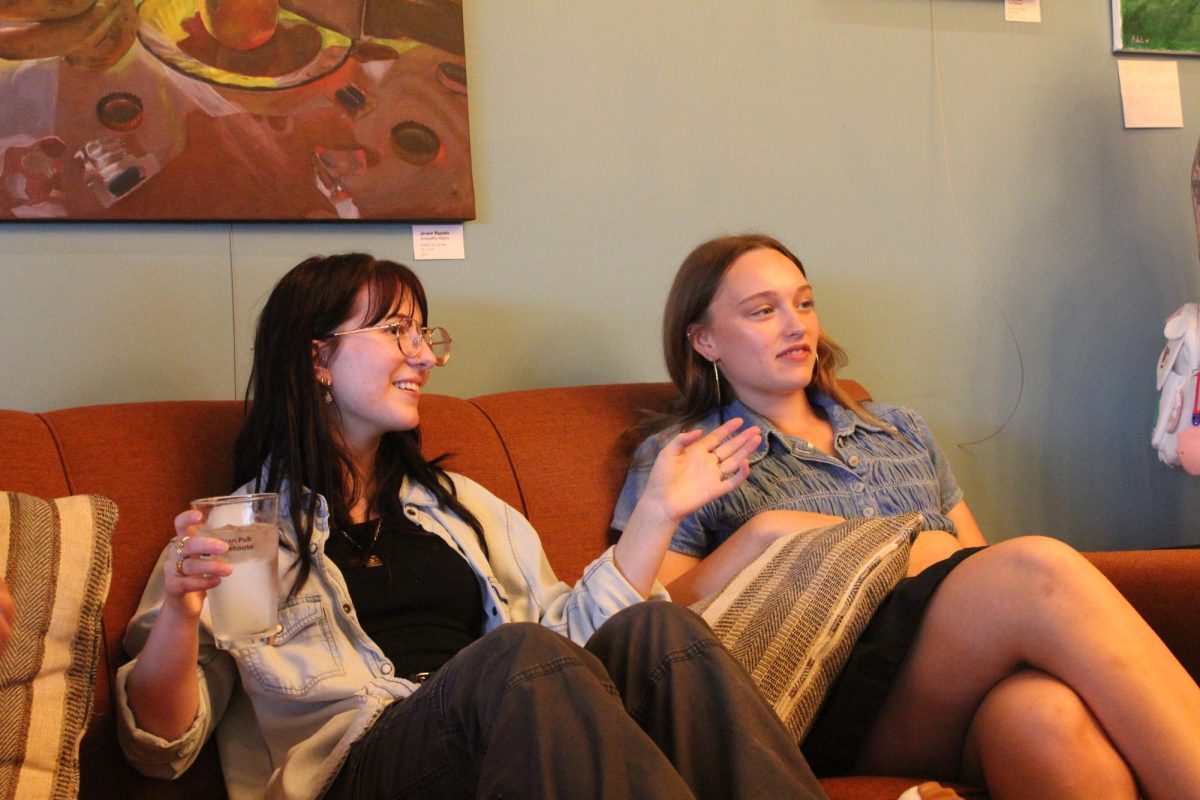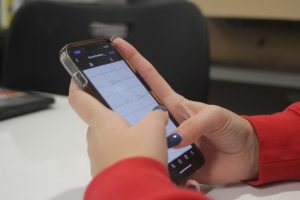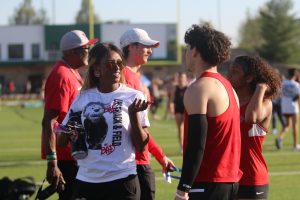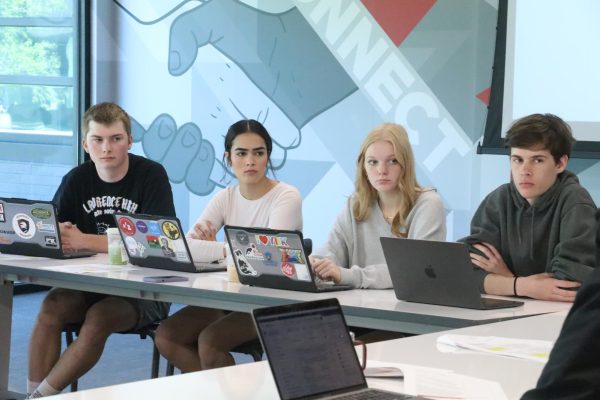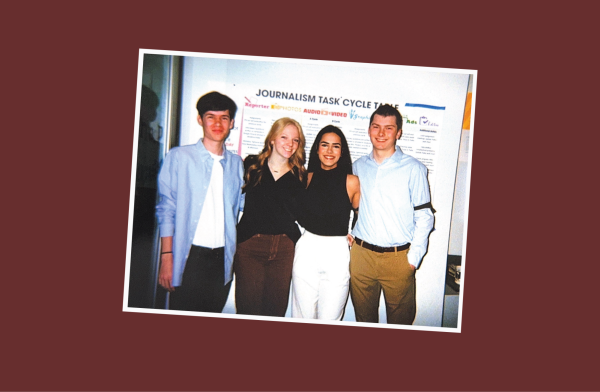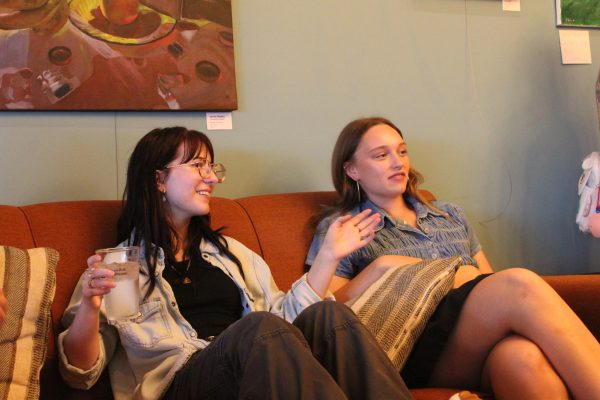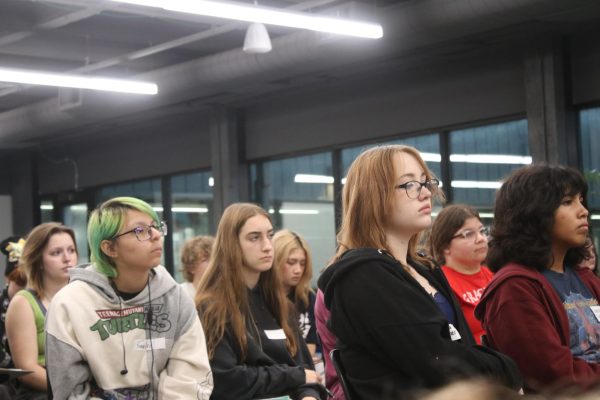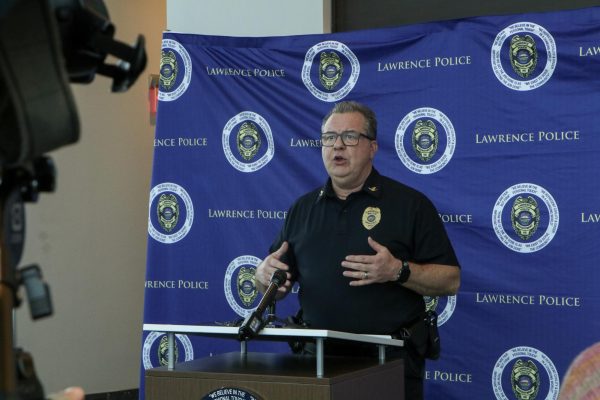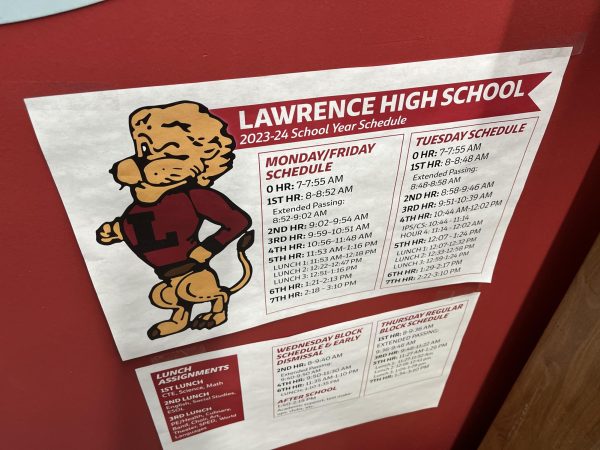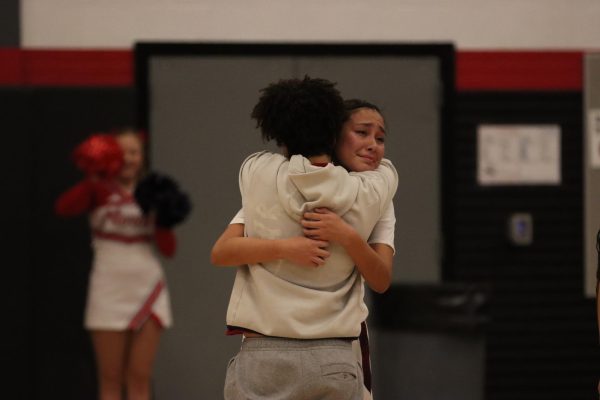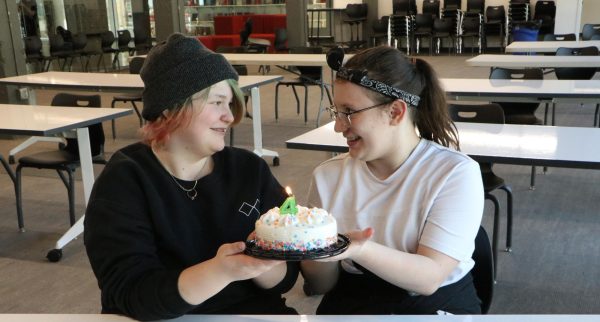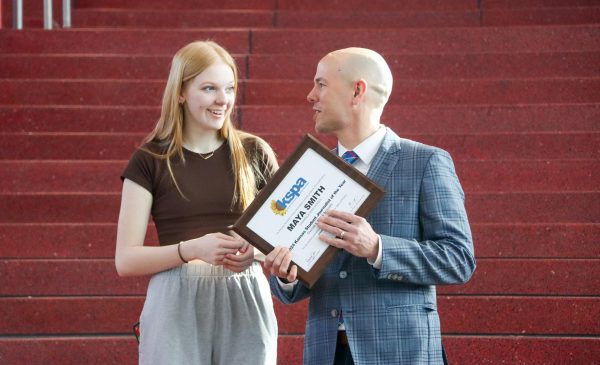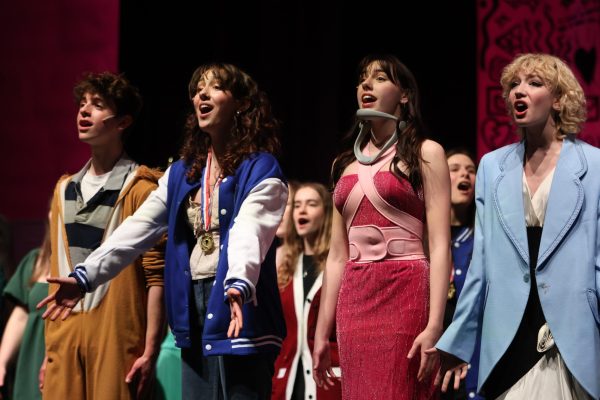Indigenous people aren’t your mascots
Your students are not your “tribe”
December 7, 2019
While at the National Student Press Association’s fall convention in Washington D.C., I attended a session for reporting on sports with Indigenous mascots and implicit bias. These sessions made me think more in-depth about Shawnee Mission North, their mascot and the way the Shawnee Mission district handled the banner issue that took place in 2017.
Two years ago, Lawrence High’s Intertribal Club requested administration to remove a banner displaying Shawnee Mission North’s mascot, which was a chief in a headdress. Administration then replaced all banners with ones showcasing only the school’s name. Replacing the mascot banners only brushed the deeper issues aside.
In response to this action, former director of communications for the Shawnee Mission School District, Erin Little, said that school mascots were a symbol of “strength and admiration” and that their mascot was a tribute to the people that first occupied the land their school is on. The problem with this is that their mascot does not represent the Shawnee Nation or an individual Indigenous person. It is a stereotypical Native American head.
Research conducted by the American Psychological Association, which is the largest scientific and professional organization of psychologists in America, concluded that the continued use of Indigenous mascots, logos, images, personalities and symbols has a negative effect on Indigenous people, especially Indigenous youth. This dehumanization of Indigenous culture in schools leaves Indigenous children feeling unwelcome and unsafe.
SMN has incorporated an inaccurate version of Indigenous culture into their school’s mission. On the school’s website underneath the tab “Principal/Mission,” the text reads “SM North HS is a uniquely, amazing place where students can be themselves and yet also be part of something much larger than themselves – The Tribe.”
This is where problems arise. “Indian” tribes are groups of Indigenous people who live or are from the same area. It is unacceptable for their administration and high school to use that term to identify their student body, whether they are Indigenous or not.
The argument that removing the mascot would be too costly ignores the fact that there is no price too high when it comes down to making people feel sale and welcome.
An example of appropriately honoring Indigenous people in a school setting is the name change of South Middle School to Billy Mills Middle School. Billy Mills is an actual Indigenous person and not a generalization of my people. The school changed only the name and kept their mascot, the Cougars. This action was pursued by school board member and parent, Carol Cadue-Blackwood.
When you see people as less than people, you treat them accordingly. That leads to the very core of this issue: they make us invisible and turn us into stereotypes.
The use of this “Indian” mascot and the traditions associated with it has caused multiple problems and should have been retired after the 2017 banner change.
In order to make our schools a better place for Indigenous students, Shawnee Mission North and all Kansas public schools need to take this issue seriously and should immediately begin the process of removing their “Indian” mascots and finding a new one that does not include racist caricatures.



